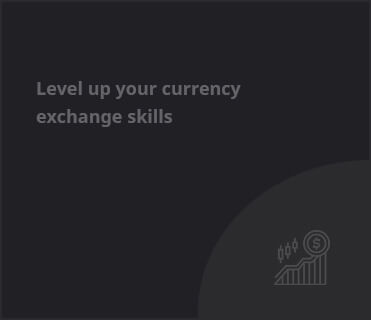Like most entrepreneurs in the biotech and medtech space, I began my journey with a passion to create a better future for patients and the world of healthcare. I knew I wanted to have a career where I would work closely with other people and truly get to help people in one way or another. My mother is a clinical scientist, and my father was an entrepreneur, so it runs in the family. Instead, I came close to clinical reality and patients by studying my PhD at the department of Surgery at Sahlgrenska University Hospital in Sweden.
Bridging the gap between DNA and clinical practice
I decided to pursue a career as a scientist working close to clinical situations in the early 2000’s. I became fascinated with DNA science and knew there was more to explore that could benefit humanity on a global scale. I was working closely with cancer research that correlated to patient care which has always been one of my drivers. Throughout the coming years, I was fascinated by DNA science and research, which led me to working closely with what is commonly known as DNA sequencing.
This area of science was extremely exciting to me because I was able to see the wide range of possibilities DNA sequencing could offer to improve healthcare. I was very interested in bioinformatics and coding myself but did not want to fully focus on just that. There was a plethora of opportunities, but one area really stuck out to me, the intersection of big data and DNA. I knew there was a way I could combine my knowledge of bioinformatics in conjunction with DNA sequencing and data. How would I make the leap from scientist to entrepreneur? This was a question I continually asked myself but knew I had to find an answer to.
How it all began
I spent months brainstorming and finally after five attempts, I found someone who understood what I wanted to do. This person is now one of my co-founders, Dr. Erik Kristiansson. His focus is on medical research and applied biology for healthcare. Like myself, he has been working with cancer research and at the time we began 1928 Diagnostics, he was working with antibiotic resistance.
During my time working with cancer research, I discovered that most children who have leukemia don’t die of leukemia, they die of superbugs, like hospital acquired infections from bacteria. The hospital is a quite a breeding ground for bacteria to spread and it can be very complex to diagnose superbugs, which is an informal way of saying bacteria that has become resistant to antibiotics.
The birth of 1928 Diagnostics
These findings along with my collaboration with my co-founder led us on a mission to create a solution to fight these superbugs. Before I founded 1928 Diagnostics, I was working at AstraZeneca alongside a close friend and now my other co-founder Dr. Susanne Staaf. A scientist yet aspiring entrepreneur like myself, together we spent years talking about various ideas but now, it was time to pull the trigger! The technologies that currently existed to track antibiotic resistance were outdated and needed major improvement if this global health threat would have any chance of being tackled. Together, my team and I knew what we had to do. That’s when 1928 Diagnostics came to life in 2014.
1928 Diagnostic is now a user-friendly analysis platform for DNA sequencing data to improve infection control and outbreak tracing. We can map, predict, and even stop outbreaks and support better decisions for diagnostics based on superbug DNA profiling. It has been 7 years since I began my journey as an entrepreneur, and I could never imagine doing anything else other than what I’m doing right now. Taking the leap from being a scientist to an entrepreneur was always a dream of mine but seeing this dream come to fruition has been life changing. To know that together with my team, we are working towards something that has already had a positive impact in several hospitals with more to come, gives me a feeling I’ve coveted for years.
The transition for me professionally came with its set of challenges, one that I feel many scientists will encounter along the way should they make the switch to the entrepreneurial world. Finding the right partners to articulate our vision to investors and customers was imperative to the success of the company. We still have so much ahead of us and numerous challenges, but the work has been so rewarding to all of us.
I meet scientists all the time who have ideas but don’t know how to act on them. I know this doesn’t only apply to scientists, but to many aspiring entrepreneurs. For me, it’s the passion that keeps my entrepreneurial journey going. Without a true passion for your product, you’ll find yourself quickly losing motivation, resulting in failure. Find something you truly care about and find a team that cares as much as you do.


